Global outage highlights cyber-security ESG risks
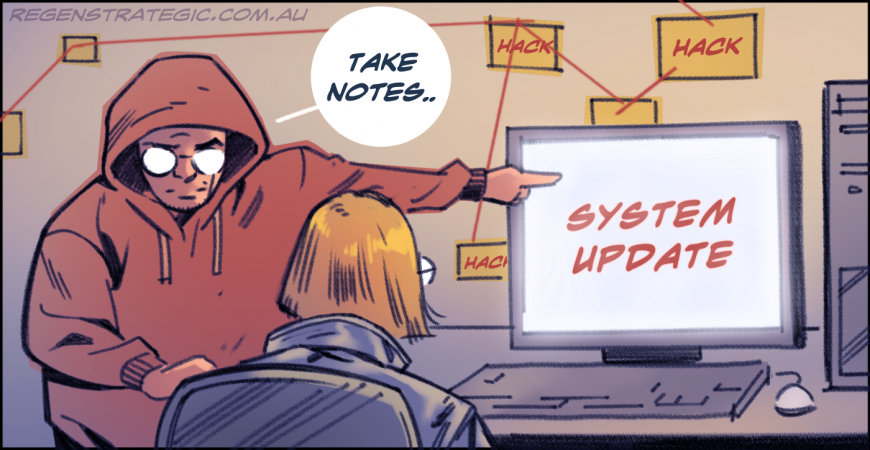
Last week’s global IT outage reminds us why cyber-security should be considered as a material ESG topic.
Read moreAvoiding journalist traps in interviews
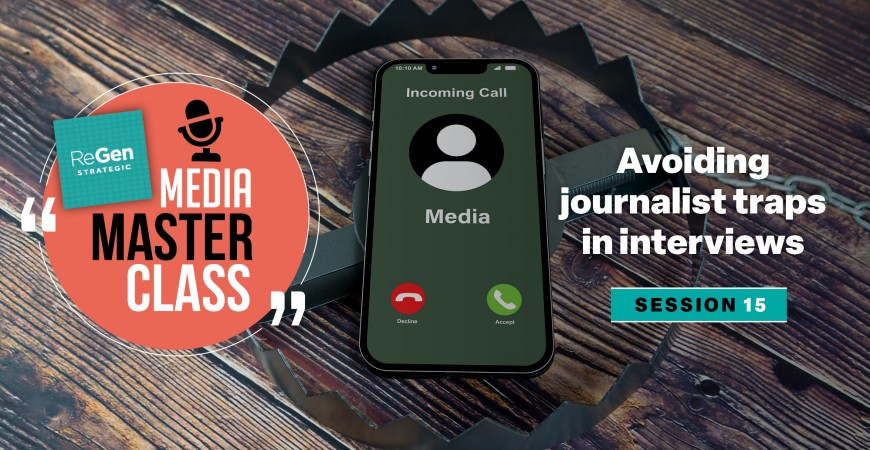
Protect your organisation from defamation, greenwashing and reputational damage by learning to recognise and avoid media traps.
Read moreApprovals reform essential to energy transition
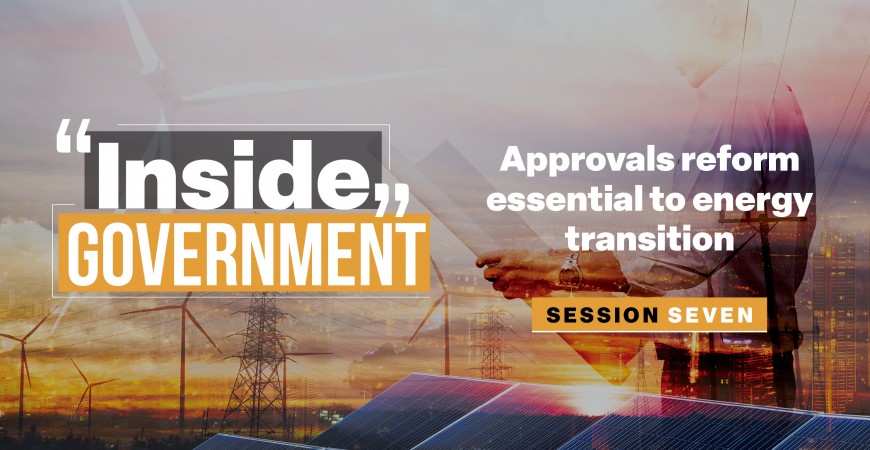
The proposed reforms to the EPA and environmental approvals will be critical in ensuring the WA Government’s decarbonisation agenda can progress swiftly.
Read moreHarnessing the Power of Human Capital
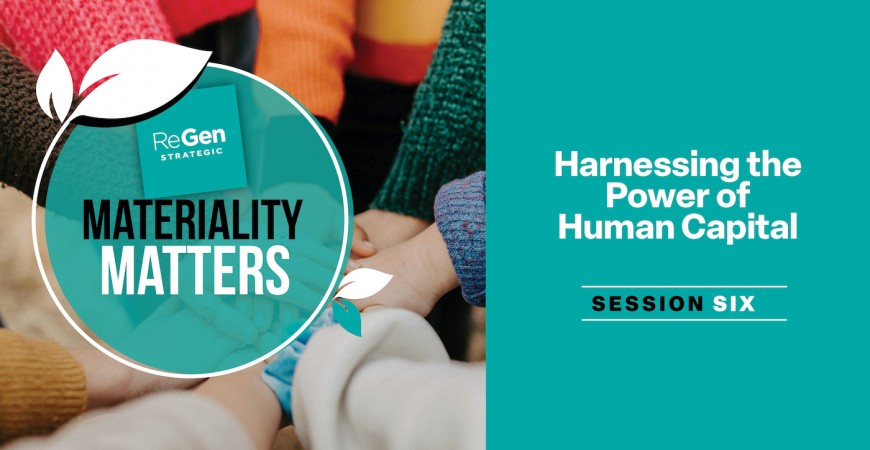
Learn how to successfully integrate human capital into your sustainability strategy in the latest edition of Materiality Matters.
Read moreCost confusion hampers nuclear case

The Princeton University study cited by Peter Dutton only sees a potential role for nuclear electricity generation if its cost falls sharply and the growth of renewables is constrained.
Read moreGetting the attention of a Gen Z journalist
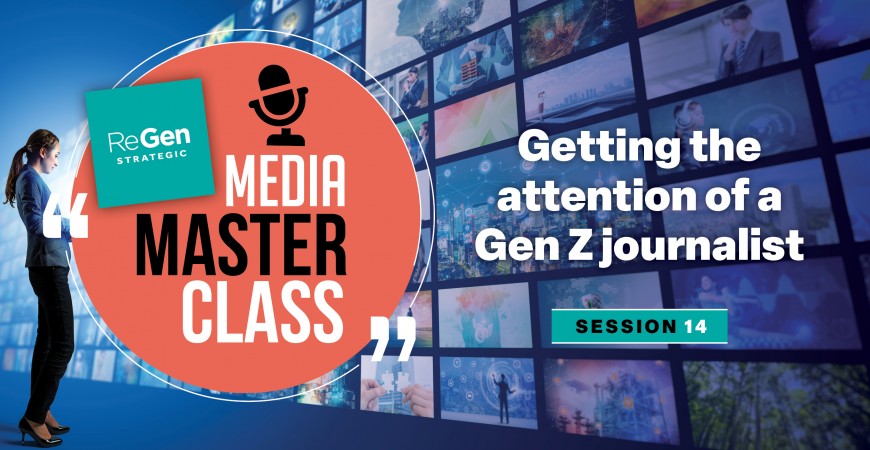
Growing up with the digital world at their fingertips, Gen Z has picked up some unique traits along with a fresh approach to journalism.
Read moreClimate inaction will be judged harshly by our kids
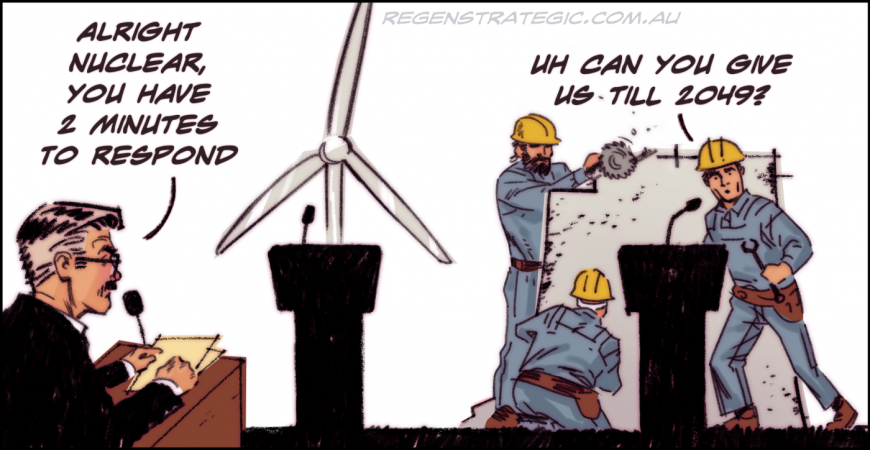
Delays to climate action will leave both the worst impacts of climate change and the bill for carbon abatement to future generations.
Read moreIntegrating social and governance outcomes to build better communities
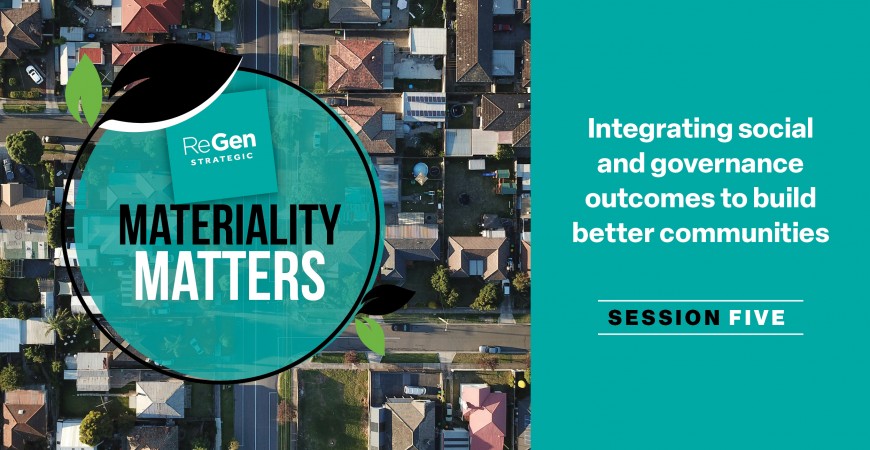
In our rush to build homes across Perth suburbs, we can’t forget the social and governance factors that remain critical to building better communities.
Read moreSocial surrounds change could increase social licence risk
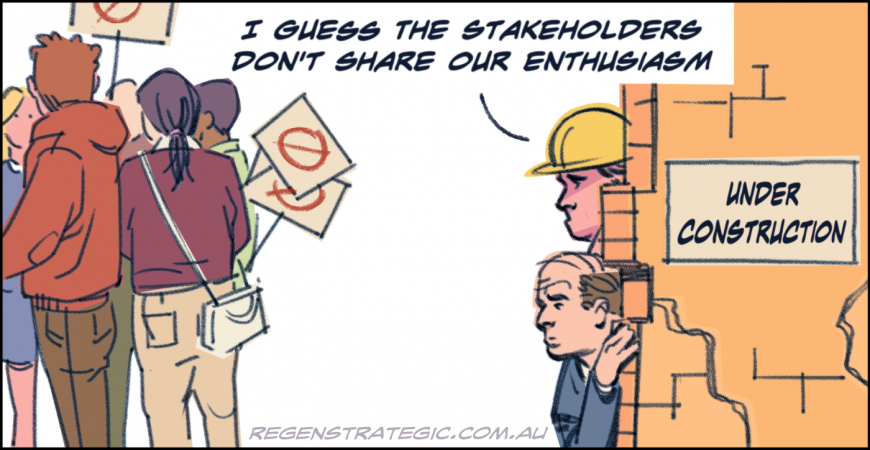
Removing social surrounds from environmental assessments risks undermining stakeholder relationships and social licence for significant projects.
Read moreEnergy Transition and Community Consultation
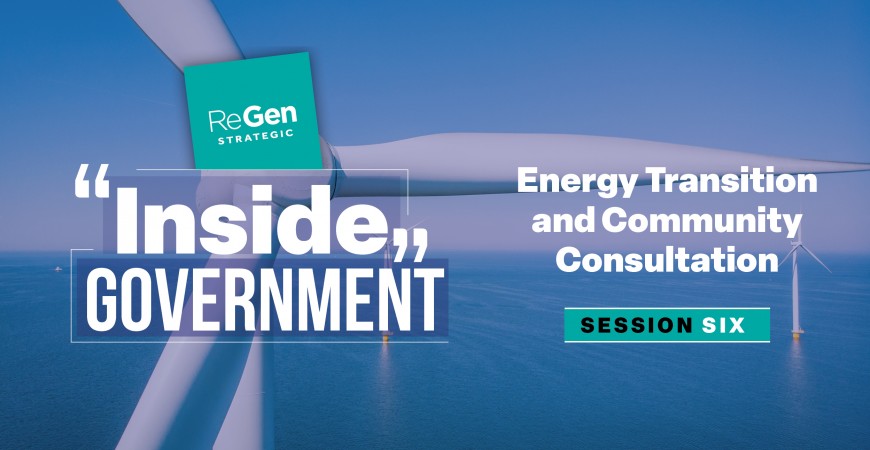
Government agencies and project proponents need to adapt their engagement strategies to bring communities on the energy transition.
Read more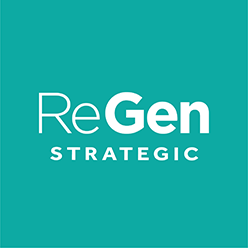 ReGen Strategic
ReGen Strategic